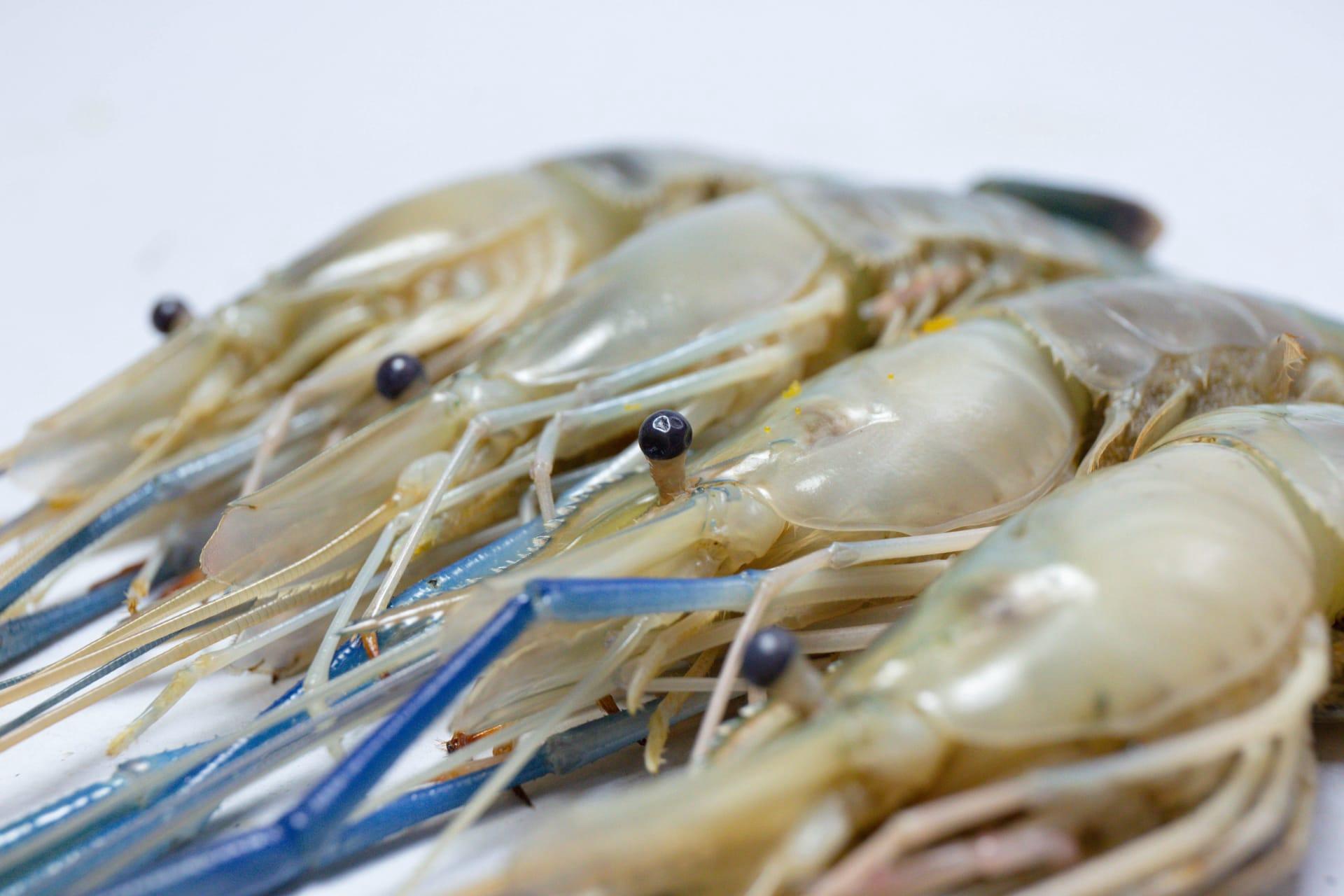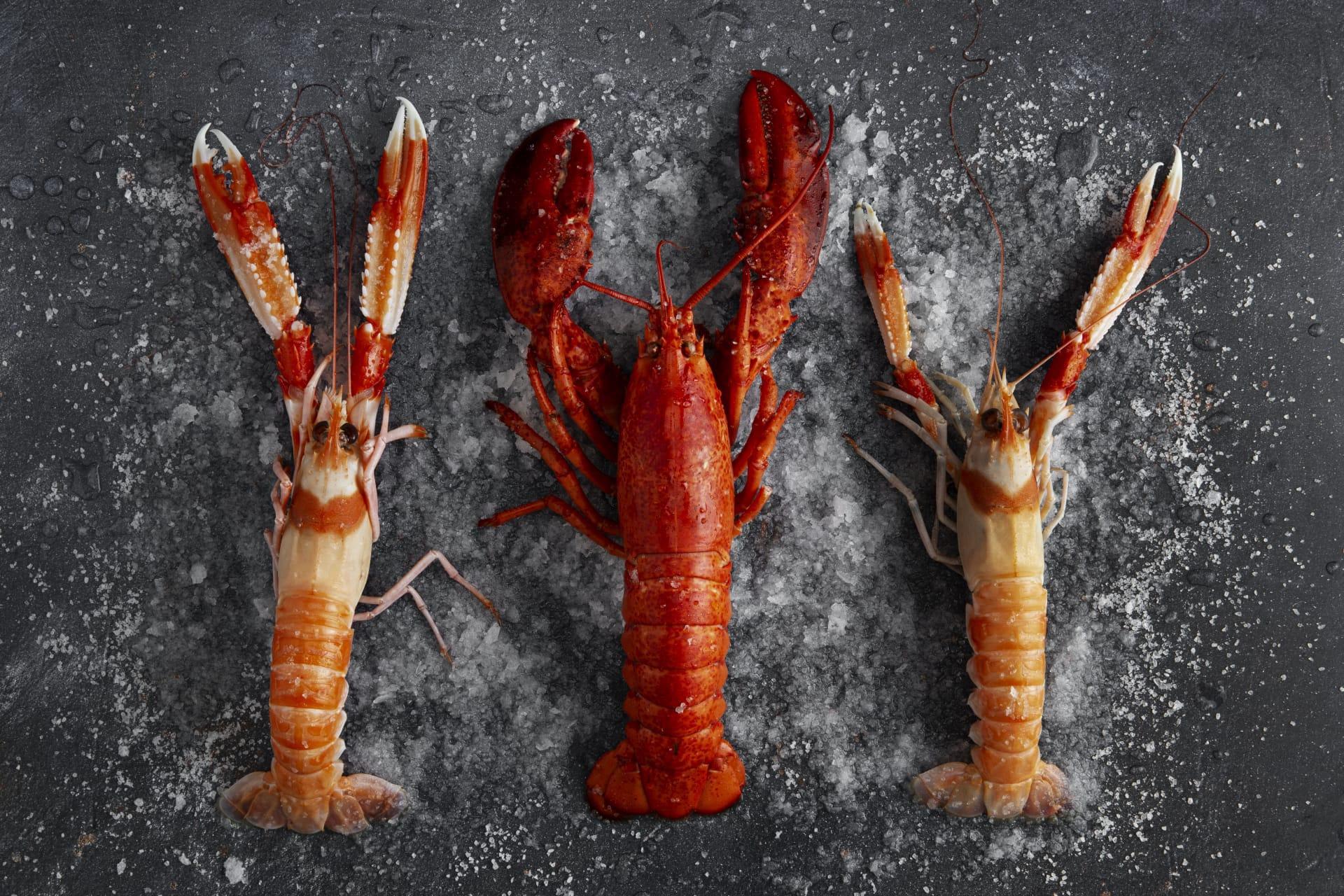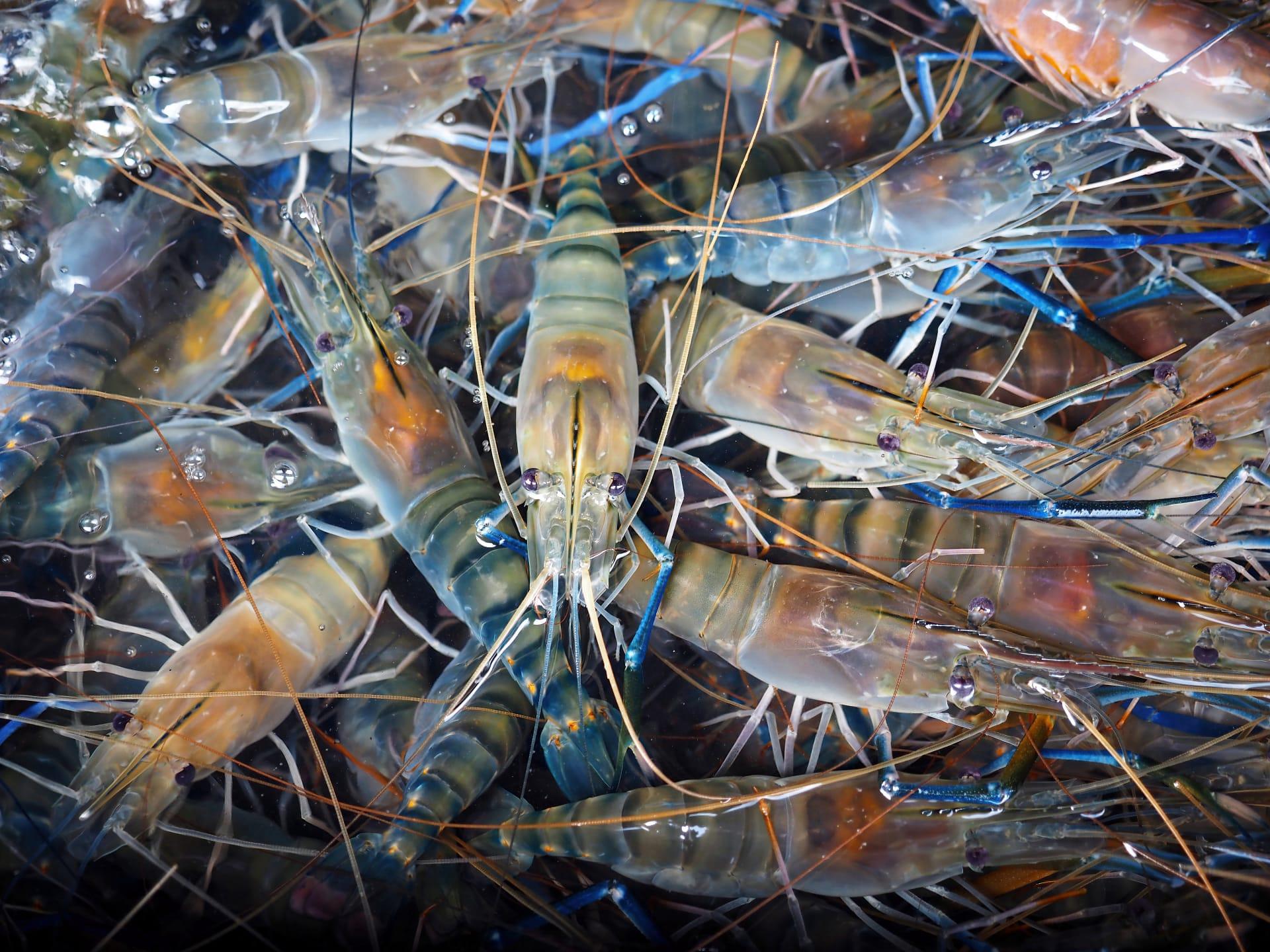Shrimp
- Home /
- Mini Encyclopedia /
- Animal /
- Shrimp
1
Shrimps belong to the order Decapoda, which includes many familiar crustaceans like crabs and lobsters. Within this order, shrimps are scattered across various families, showcasing a remarkable diversity. For instance, the family Penaeidae is known for the commercially important species such as the tiger shrimp (Penaeus monodon), which can grow up to 13 inches in length. Another notable family, Caridea, hosts the cleaner shrimp (Lysmata amboinensis), famed for its symbiotic relationships with other marine inhabitants. This vast array of species, each adapted to its niche, highlights the evolutionary success of shrimps in marine environments.
Shrimps are found in nearly every marine habitat around the globe, from the deep and cold waters of the Arctic and Antarctic to the warm tropical seas. Their adaptability allows them to thrive in environments ranging from deep ocean floors at depths exceeding 16,000 feet to coastal estuaries and even freshwater rivers and lakes. For example, the harlequin shrimp (Hymenocera picta) prefers the coral reefs of the Indo-Pacific, showcasing vibrant colors that blend with the reef's complexity. In contrast, species like the Atyaephyra desmarestii are found in freshwater streams across Europe, illustrating the broad ecological range shrimps can inhabit.

2
Question: Do shrimps swim backwards?
Answer: Yes, shrimps are indeed known for their unique ability to swim backwards rapidly. This is facilitated by their muscular abdomen and fan-like tail, which they flex to propel themselves backward in a quick escape response known as a "tail flick". This motion allows them to evade predators with impressive agility and speed. The speed of this backward thrust can be quite remarkable, with some species capable of covering distances multiple times their body length in a fraction of a second. This not only demonstrates their physical adaptability but also serves as a key survival strategy in the predator-rich environments they inhabit.

3
Shrimps have developed a variety of survival strategies to navigate the complex marine ecosystems. One common tactic is their use of camouflage. Many shrimp species have the ability to blend with their surroundings to avoid predators. The mantis shrimp, for instance, can adjust its coloration to match the coral and rocks it lives among, making it nearly invisible to both predators and prey. Additionally, some species burrow into the sea floor or hide in coral crevices during the day, emerging only at night to feed.
Another survival strategy is the symbiotic relationships shrimps form with other marine organisms. Cleaner shrimps, for example, set up "cleaning stations" where they remove parasites and dead tissue from larger fish. This not only provides the shrimp with a steady food source but also offers a service to the fish, reducing their risk of disease. Such mutualistic interactions underscore the complex interdependence within marine ecosystems and the crucial role shrimps play in maintaining the health and balance of their habitat.

4
In marine ecosystems, shrimps play a pivotal role in the food web, acting as both predators and prey. They consume a variety of organic materials, including plankton, detritus, and even dead organisms, contributing to the recycling of nutrients. Their feeding habits help maintain the cleanliness and balance of the ocean floor ecosystems. Predatory species, such as the pistol shrimp, are known for their hunting skills, using their specialized claws to create a shockwave that stuns their prey.
Shrimps also serve as a vital food source for a wide range of marine species, from fish to sea birds and even whales. Their abundance and nutritional value make them a key link in the aquatic food chain, supporting the survival of many predators. Additionally, the burrowing behavior of some shrimp species helps aerate and turn over the substrate, which can enhance the health of the benthic environment. This bioturbation is crucial for the creation of habitable spaces for other organisms, further highlighting the significant ecological role shrimps play in marine ecosystems.

5
Film: "The Secret Life of Shrimp" is a documentary produced in the United States in 2019. It explores the intricate world of shrimps, from their diverse habitats across the globe to their unique behaviors and survival strategies. The film provides a deep dive into the ecological importance of shrimps, showcasing stunning underwater footage that brings the audience closer to these fascinating creatures.
Book: "Shrimps of the World: An Illustrated Guide" is a comprehensive book published in the United Kingdom in 2015 by marine biologist Dr. James Turner. It covers the vast diversity of shrimp species found across the globe, providing detailed descriptions, habitat information, and high-quality illustrations that make it an invaluable resource for both scientists and enthusiasts.
Book: "Ecology of Shrimp: The Underwater World" was authored by American ecologist Dr. Linda Harris and published in 2018. This book delves into the ecological roles of shrimps in marine and freshwater environments, discussing their behaviors, life cycles, and contributions to ecosystem health and stability. With its engaging narrative and focus on conservation, it aims to raise awareness about the importance of shrimps and the need to protect their habitats.